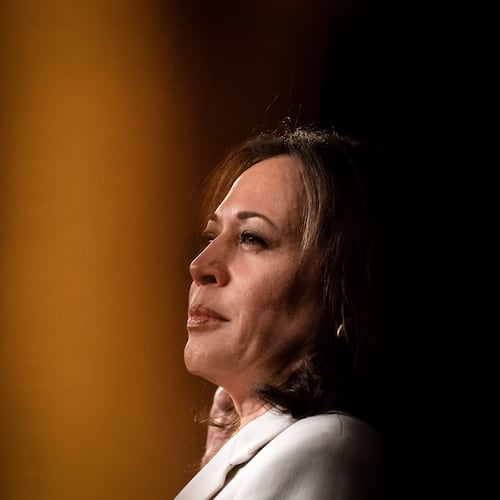There I was, trying to think of something to write about other than the coronavirus when it occurred to me that this was Maundy Thursday, the day that Christians celebrate the Last Supper that Jesus had with his apostles before the crucifixion.
Ensconced in Milan, Italy, Leonardo da Vinci painted the scene as the year 1500 approached. In the 1930s, Louis Guggemos carved the same scene, several times we think, in my grandfather’s workshop in Cleveland. We only recently discovered this latter fact.
I’ve written about Andrew Galloway in this space before. He was a Scottish-born woodcarver who came over in 1923. His work survives in many churches and cathedrals around the country. Over the last few years, his grandchildren and great-grandchildren, myself included, have been attempting to catalog his work.
Last summer, my (once removed) cousin, Rob Whitelock was cleaning out his mother’s house in Garfield Heights, Ohio – which had to be sold to pay for the nursing home. He found a photo that established that my father was in New Delhi, India, when the atom bomb was dropped in August 1945. Rob also found an exquisite, 5x7 black-and-white negative of a finished carving of the Last Supper, almost certainly accomplished during the Great Depression. You can see it above.
If you remember the olden days, when we used film in cameras, a 35-mm negative was standard – roughly 1.3 inches. A negative five times that size holds amazing detail. You can see the whet stones at hand for sharpening the chisels. And the oil can that lubricated them. The work itself is probably three to four feet wide. (Da Vinci’s version is 29 feet wide.)
As Rob pointed out, you can even see Jesus’ toenails.
If you blow up the print, you’ll also see one chisel with the initials “L.G.” carved into the handle. Louis Guggemos was a member of a stable of carvers my grandfather led through the Great Depression. Guggemos was born in Bavaria in 1885. He moved to Ohio at age 27. During slack times, he painted houses to pay the bills.
The Last Supper was Guggemos’ artistic specialty. We haven’t yet found the one above, but several others exist – all hand-carved, usually out of white oak. One might have a different background. In another, Jesus’ head might tilt at a slightly more rakish angle. A plate or cup might shift.
But all are examples of what can be accomplished during an economic calamity.
To those that celebrate it, have a great Easter weekend.
About the Author
The Latest
Featured




